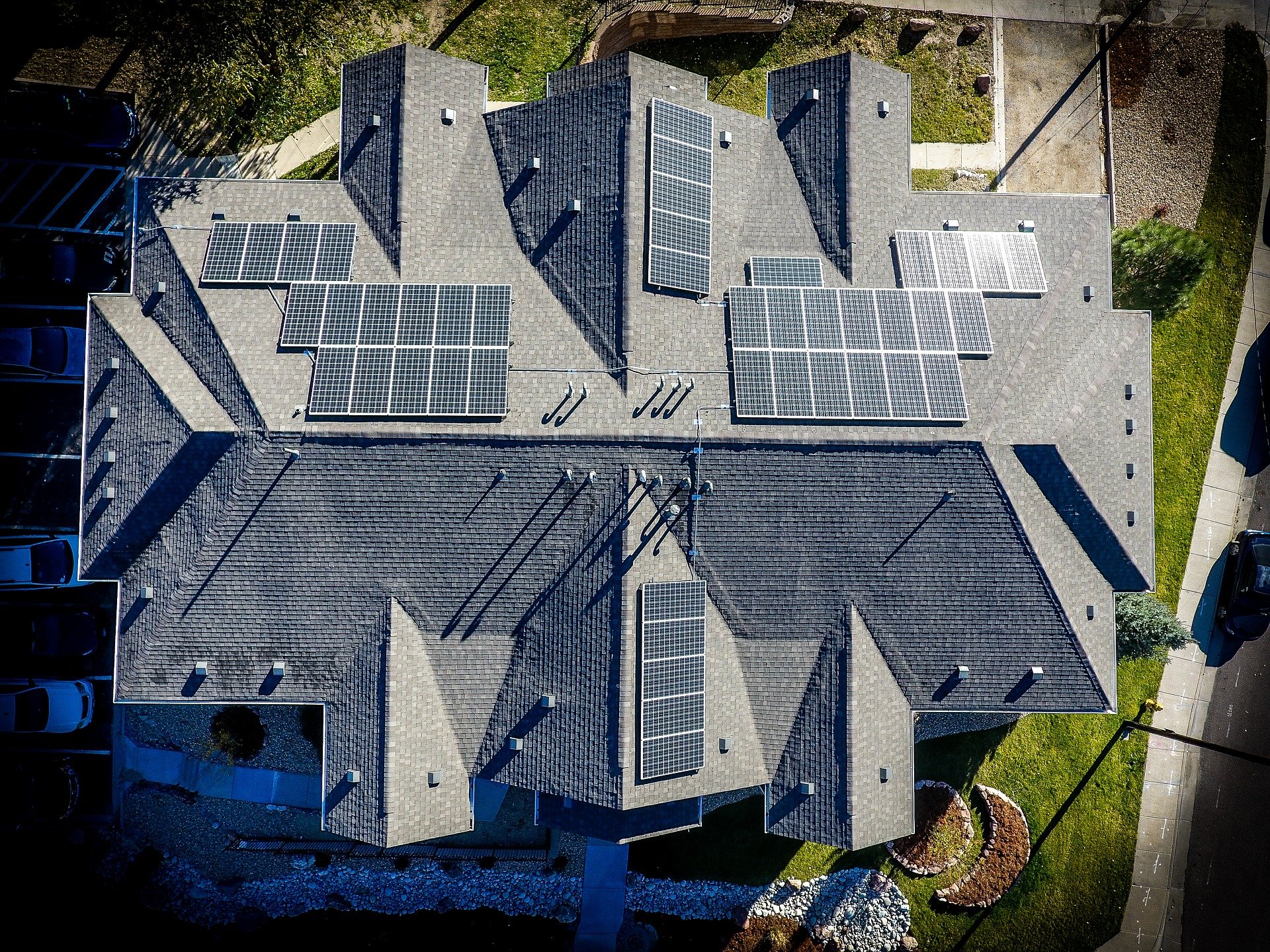Recession and interest rates. Interest rates and inflation. Rents flattening. Recession. Interest rates. That about sums up the last several months of headlines in the real estate industry.
And for good reason. We’re definitely in a headwind economic climate, and we’re seeing some major slowdowns across the board. New builds are down. Rent is flat. Concessions are up. It’s an arguably complicated time to be hunting margin for your business.
BUT. Not all the predictions are gloomy, and even we, who’ve been advising on the looming recession for months, are taking a second look at what’s to come in 2024.
Educated Guesses from Economic Titans
Jan Hatzius, Goldman Sachs Chief Economist, has shared some recent bullish predictions for our near and future economy. He’s settled his prediction of a US recession in the next 12 months at just 20%. It’s a fair cry more optimistic than the 100% chance that Bloomberg doomed about towards the end of 2022.
Even the more pessimistic forecasts are sunnier than they’ve been. Simon Hamilton, Managing Director at the Raymond James investment group, forecasted the chance of a recession at 50/50. And as frustrating as economic conditions have been, there are several economic indicators that remain robust—specifically for the Multifamily industry. Hiring remains strong, but the price of debt and the skyrocketing CPI has driven 25 to 34 years away from homeownership and towards rental housing. A demographic of income earners abandoning homeownership, while complex and worrying in its own right, is a positive direction for the multifamily industry.
So by many reports, the risk of a major recession—if not eliminated—is much softer. But as good a thing for your balance sheet as steady economic growth will be, it doesn’t do anything about the high interest rates or more conservative behaviors around capital investments.
What do you do with a maybe recession and difficult economy? From Conservice’s admittedly nuanced (if national and and well-established) vantage point: market hard and invest carefully.
Be Loud About Your Properties
Scene: Deloitte’s latest State of the US Consumer report suggests that spending confidence is improving and consumers are no longer delaying large purchases. Combined with the shifting demographics of people settling on renting for the foreseeable future, this trend points toward a historically predictable outcome: upgrades. When renters CAN spend money but CAN’T buy a home, they tend to upgrade their living quarters.
Conclusion: The instinct to upgrade is unilateral, affecting all income brackets fairly equally. So whatever caliber of income your units tend to attract, now is the time to market them. Recession fears have had a marked chilling affect on multifamily marketing in general—they always do. But despite tightening economic pressures, we think now is the time to invest in prospect marketing. We’ve already observed an uptick in competitive concessions. We’re hoping to see a matching uptick in our own customers’ confidence to strategically market those concessions and quality features to their target demographics.
Be Cautious with New Construction
Housing starts are notably and measurably down. According to Commerce Department data, housing new construction for multi-family properties declined 11.6% just last June, and we have anecdotal evidence that the trend has continued into the late year. It’s not surprising, considering that apartment vacancy rates have been rising in several regions throughout the U.S., and the number of multi-family buildings already under construction is at a 940,000 record high.
The combination of factors is alarming enough that even if a recession fails to materialize, it may not be a green light to resume investments in building. Local regional markets vary considerably, but overall, practical wisdom says that it may be in your best long-term interest to hold off on new construction until vacancy rates subside, inventory rates go down, and interest rates soften.
Upgrade. Update. Retrofit.
Between a growing interest in rentals, a predicted desire to upgrade living standards, and some rough waters around new construction, now may very well be the time to strategically enhance the portfolio you already have. Cost effective upgrades aren’t ever really a bad idea, but when interest rates are high and vacancy rates are up, making the units you have more appealing to cash-flush upgraders is a possible way to edge out your competition.
The key? To make investments that increase appeal without incurring major capital expense and high interest.
Small investments add up, and there a number of affordable upgrades that seem to be moving the needle where unit differentiation is concerned:
-
- Keyless door locks: The enhanced security is great and it’s immediately appealing to younger and/or tech-savvy tenants.
- Package lockers: Nobody wants their Amazon goodies to turn into memes. It’s a sad truth that these are becoming a huge deal to tenants.
- Fencing and outdoor furniture: Accommodations like these tend to fall down the wayside while rents are rising. But with the recent plateau, it’s an excellent way to bump up your curb appeal.
- Community gardens: Neighborly bonds? Excellent. A tacit nod to your commitment to sustainable business? Very good. Affordable? All the way, and another way to build curb appeal to boot.
Come What May, Operate Wisely
A well built ship survives hard waters and thrives in good weather. The threat of a recession isn’t completely off the table, but whether or not the U.S. economy becomes an obstacle or an opportunity, if you invest in multifamily fundamentals like centralization, utility PropTech, good partnerships, and affordable amenities, you’ll come out stronger on the other side.







